Overcoming challenging conditions with myplant – Dr Selvaraj Balaji
NewsPosted by: Dental Design 2nd November 2019
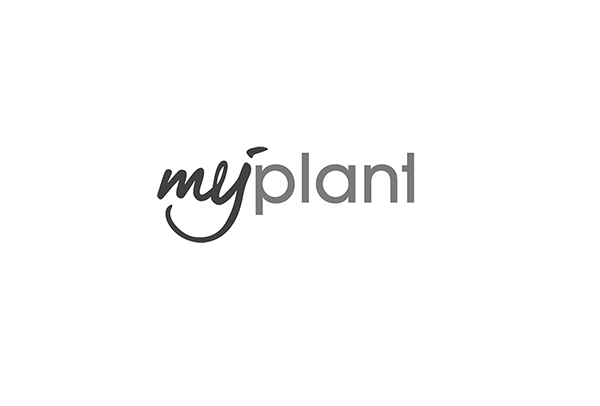

Dr Selvaraj Balaji, Principal Implantologist at The Gallery Dental and Implant Centre in Buckingham, describes a challenging case where bone management products from myplant were used to regenerate bone and provide a stable foundation for dental implant placement.
Case presentation
A 49-year old male patient was referred to my care with a missing UR2. The tooth had been missing for several years, and the site where the tooth once was showed evidence of considerable soft tissue and bone loss. The patient had tried various treatment options including both a partial denture and a bridge, but both of these had failed over time. He had been told that a dental implant wasn’t an option due to the bone loss at the site.
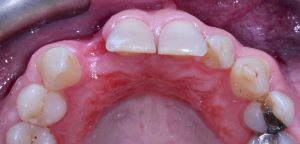
Figure 1
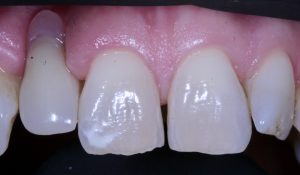
Figure 2
The patient had poor oral health which was impacting the soft tissue, so he was recommended to see the dental hygienist before any further treatment could be considered.
Treatment planning
Various treatments were discussed, including replacing the failed dental bridge, offering an alternate denture and bone augmentation followed by dental implant placement. As the patient was looking for a permanent solution, bone augmentation and implant placement was deemed to be the best option. The patient was warned of the potential risks surrounding the surgery, including the possibility of failure.
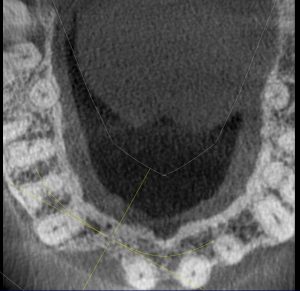
Figure 3
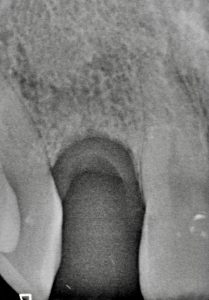
Figure 4
Study models were created, and x-rays and CBCT images were acquired.
Surgical Phase
A bone graft procedure was performed using a mixture of the patient’s own bone harvested from the ramus of the mandible and Xenograft particles in a 60:40 ratio. This mixture was held in place using a Ti reinforced d-PTFE Cytoplast membrane from myplant. Once this membrane was placed, everything was pinned in position using Master Pin Control from myplant and the wound was sutured using Cytoplast sutures.
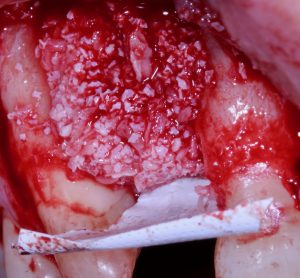
Figure 5
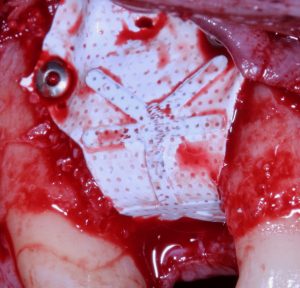
Figure 6
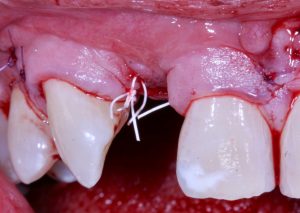
Figure 7
The patient was provided with a temporary bridge on the same day.
The bone graft was left to heal for a 9-month period. The sutures were removed 15 days following the procedure and the patient was encouraged to visit the practice every week for the first 6 weeks following surgery. Dental hygienist appointments were recommended every 2 months during the initial healing phase, and I personally saw the patient every 2 months to check for healing and integration.
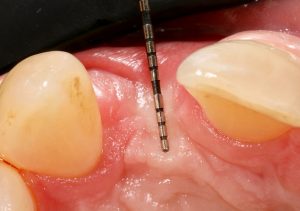
Figure 8
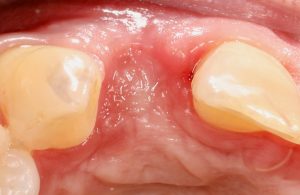
Figure 9
After 8 months, a CBCT scan was performed once more to assess the current bone levels. These were much improved, and at a high enough volume to allow for implant placement. At 9 months the surgical site was reopened and an incision was made in the soft tissue to remove the cytoplast membrane and pins placed using Master Pin Control. A dental implant was then placed alongside a soft tissue graft (connective tissue grafting) to help maximise the height and thickness of the gingiva.
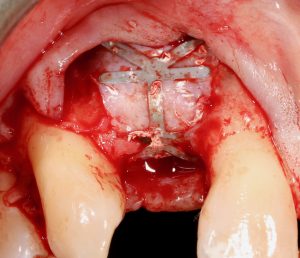
Figure 10
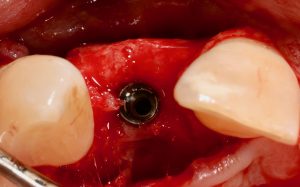
Figure 11

Figure 12
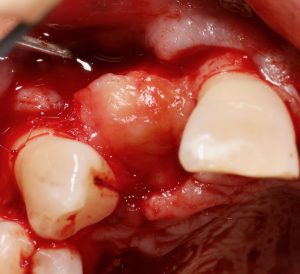
Figure 13
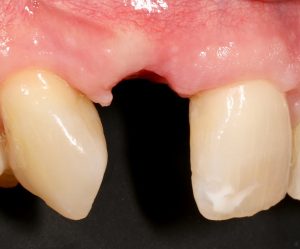
Figure 14
3 months following this, an incision was again made in the soft tissue to reveal the implant connection. A provisional, screw-retained crown was then fitted which was then later replaced by a permanent screw-retained crown.
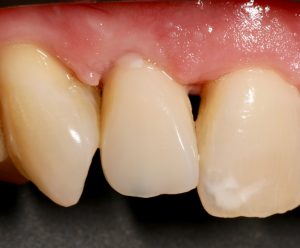
Figure 15
Final thoughts
The Cytoplast membrane from myplant was instrumental in the success of this case. As it is tensile and holds bone material in place as long as you need it to, it facilitates optimal outcomes of bone augmentation. The Master Pin Control from myplant also played an essential role – I have tried many pin systems but this one is easily the best, and the pins are solid, strong and incredibly simple to use.
The patient was ecstatic with the result, especially as he had previously been told that a dental implant wasn’t a viable choice. It really was a life-changing result for him, and making the change from removable prosthesis to permanent restoration really improved his confidence.
The case was challenging, especially as it was in the aesthetic zone, but using myplant products really helped to improve my confidence as a clinician and to achieve the desired outcome.
To find out more, visit www.myplant-dental.com, email order@myplant-dental.com or call 0049 21311 259465









